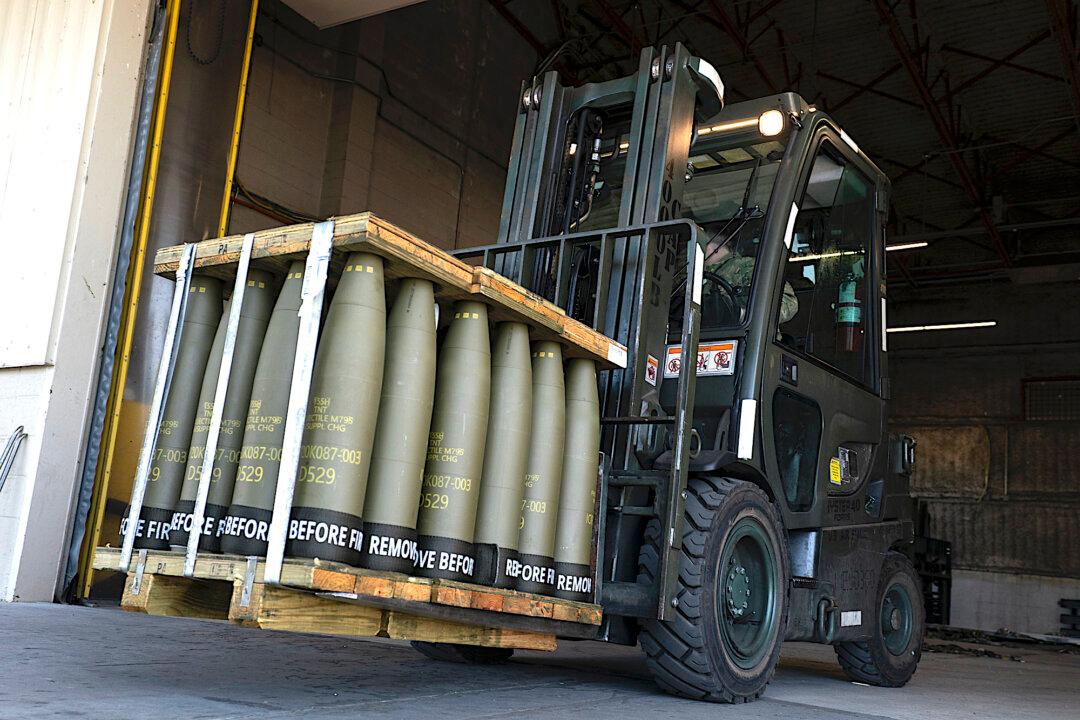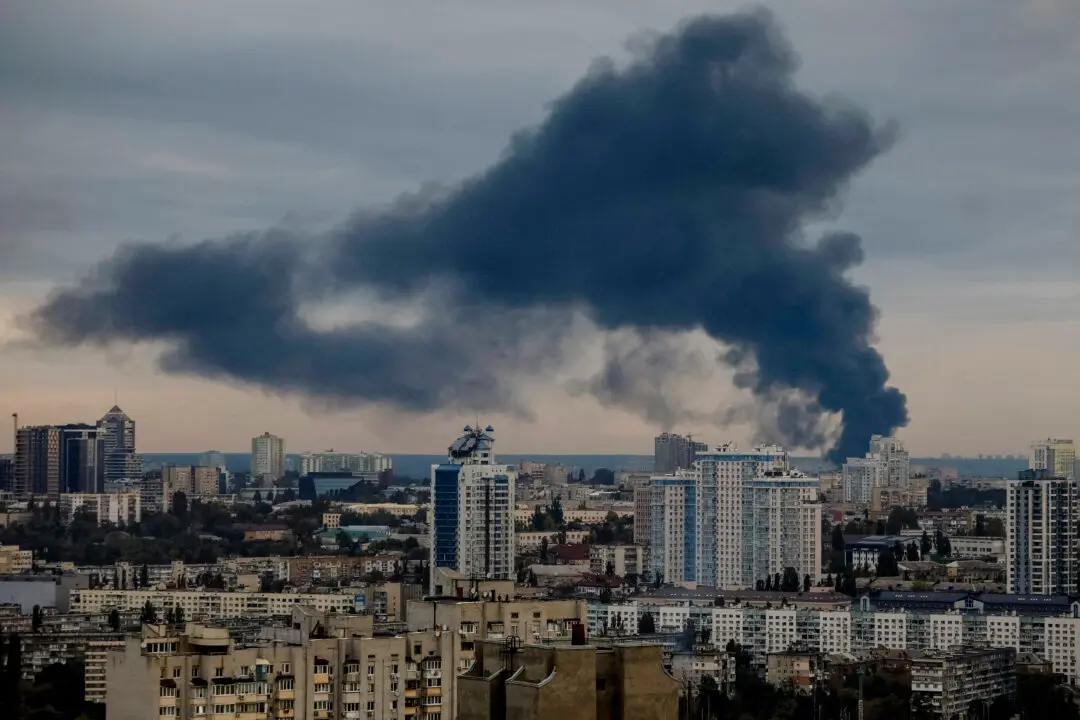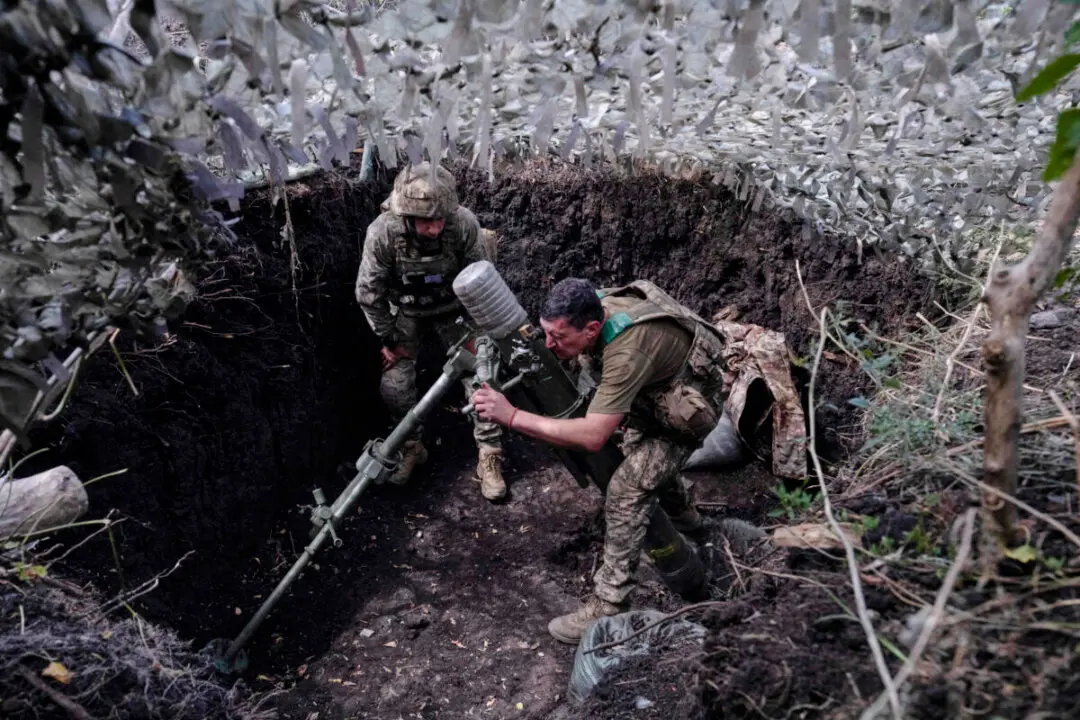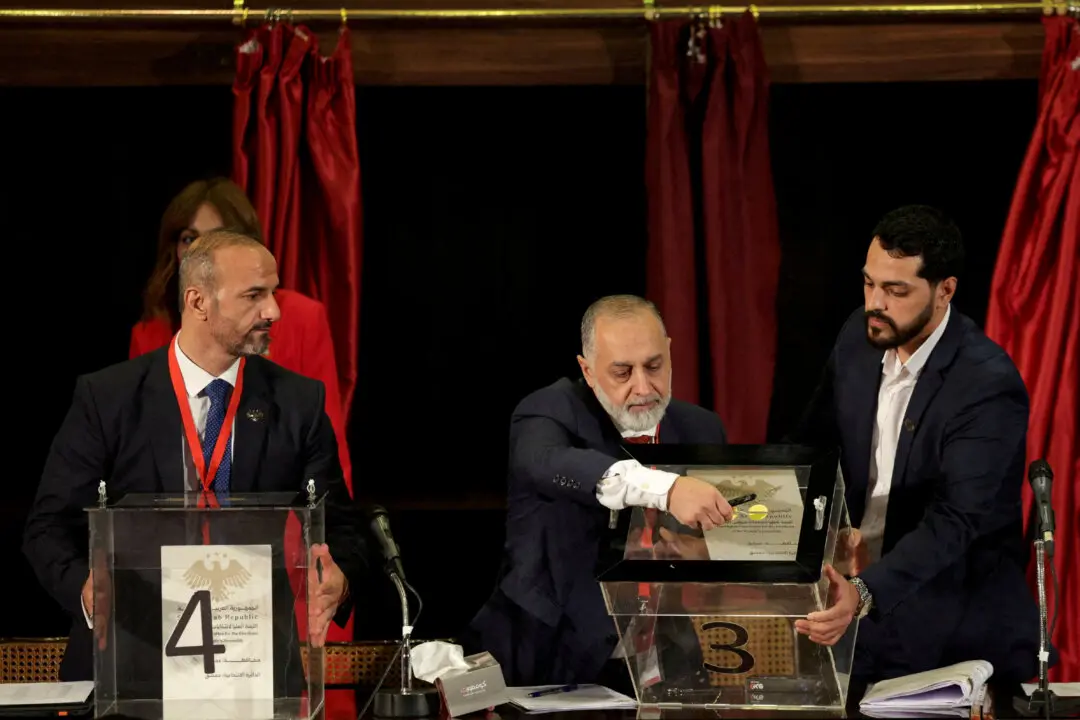Since Russia invaded Ukraine on Feb. 24, 2022, the United States has provided Kyiv with military, economic, humanitarian, and other forms of aid.
According to official sources, the total U.S. contribution to the Ukrainian war effort now stands at some $113 billion, vastly exceeding contributions made by Kyiv’s other allies.





